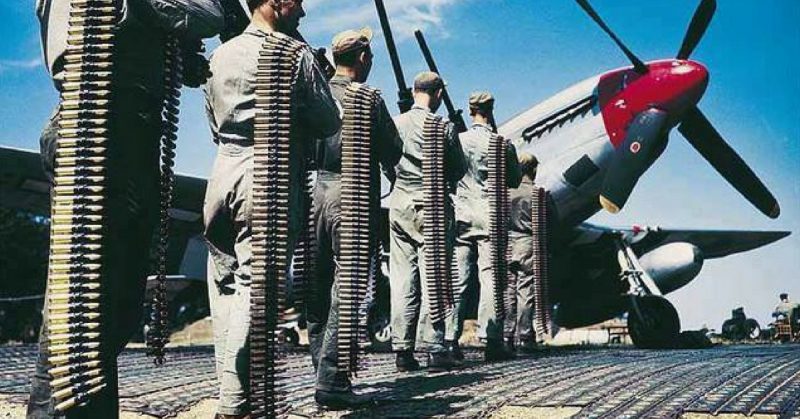War History Online proudly presents this Guest Piece from Thomas who writes on behalf of SWGGUN
There are many things that we take for granted every day, from food to running water to medicine and so on, without giving much thought to it.
And something else that many of us take for granted is ammunition. Ammo is used so commonly today that it’s almost second nature for people such as hunters, preppers, recreational shooters, or anyone who does any sort of tactical training.
But the truth is that ammo has evolved significantly over the centuries to get to where it is today. In fact, ammunition is continuing to evolve now, and a few years from now, entirely new kinds of cartridges and calibers may develop that supplant the kinds we use now.
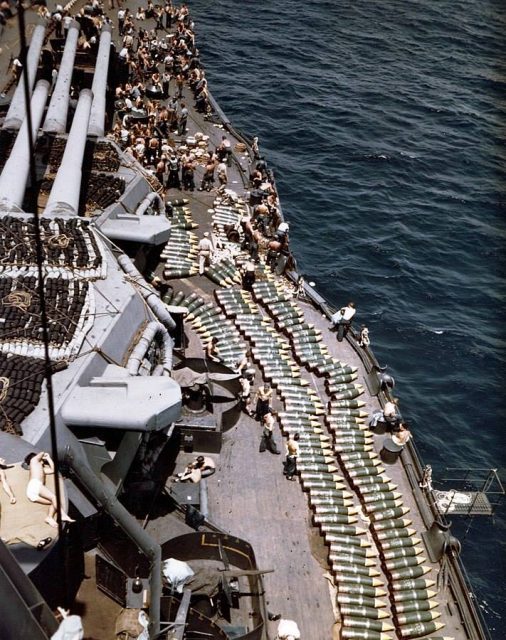
History of the Term ‘Ammunition’
The term ‘ammunition’ can actually be traced back to the 1600s, where it stemmed from the French term la munition, referring to materials used in combat.
After that, the terms ‘munitions’ and ‘ammunition’ were basically used to refer to the same thing. Today, however, ‘munitions’ refers to weapons and ammunition to the projectiles that are required to fire those weapons.
That being said, the term ‘munitions’ is still used to describe ammunition in other languages, including German and French.
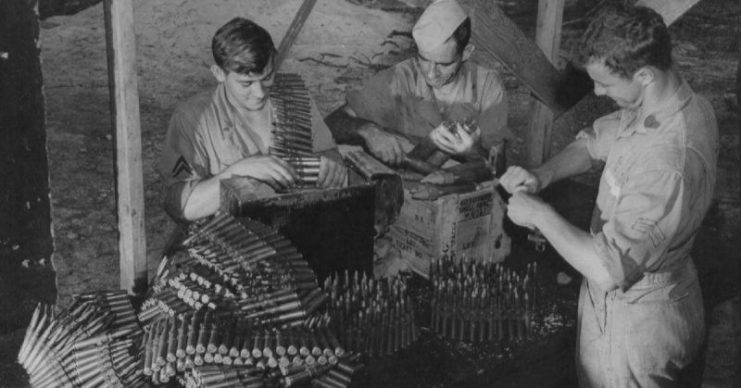
Why and How Has Ammunition Developed So Rapidly
You may think that the simple reason why ammunition has developed so rapidly is due to the equally rapid advancements in man-made technology.
But the true reason why ammunition has evolved so significantly throughout history is for one very simple reason: weapons development.
If weapons don’t evolve, then neither does their ammunition. Think about it. Previously, ammunition was little more than rocks or pebbles launched from slingshots, and later, arrows and bolts fired from bows and crossbows.
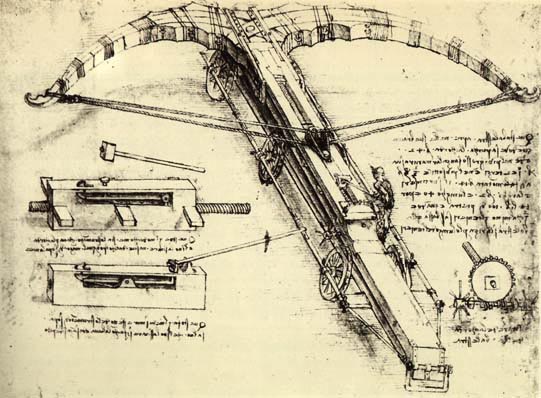
But once firearms and rifling were invented, ammunition needed to become more specialized in order to allow those kinds of weapons to be fired safely. This lead to the development of lead balls that could be fired through rifled firearms such as muzzleloaders.
Weapons technology continued to develop, and with it, ammunition. We’ll talk about this in greater detail in the upcoming sections.
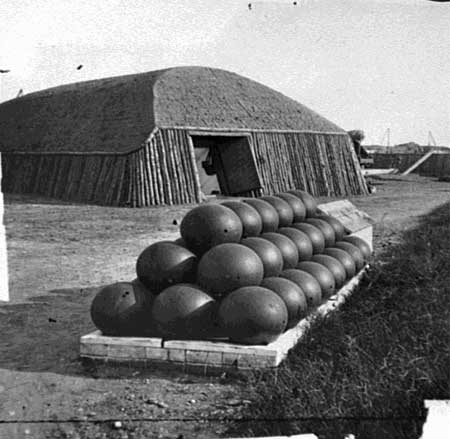
The Origin of Ammunition
Technically speaking, the first kinds of ammunition were stones and later arrows to be fired in slingshots and bows, as mentioned above.
But ammunition in the modern sense, as in projectiles propelled forward by gunpowder, can be traced to the Chinese around 900 AD. The Chinese combined charcoal, sulfur, and saltpeter to create gunpowder.
While initially the gunpowder was used in fireworks, its potential as a weapon of war was quickly recognized. The Chinese started using gunpowder to propel spears to devastate enemy forces from a distance before firearms were invented.
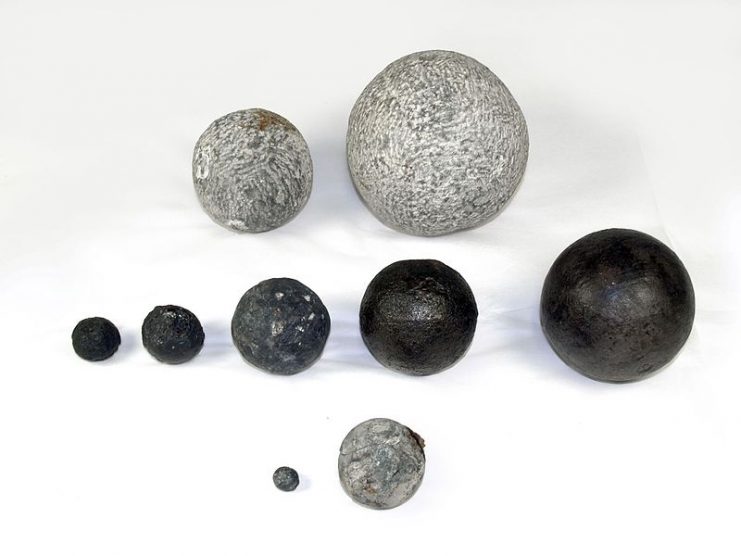
The Origins of Firearms
While gunpowder was invented around 900 AD, the usage of ammunition in firearms is not recorded until nearly 1300 AD.
Firearms technology spread from China to the Middle East, where it was used in Arab countries. Cannons were first used in combat in the 1300s, and the Arabs also made ‘bamboo firearms’ that could propel arrows out of bamboo tubes.
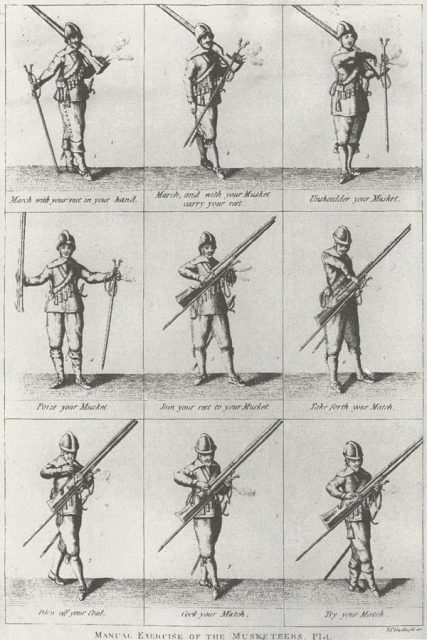
Firearms technology then spread even further to Europe, where it truly accelerated. It was here where we begin to see the initial development of ammunition as we know it today. Muzzleloaders with rifled barrels were invented, and the Europeans learned how to shrink lead balls that could be used in cannons down to manageable sizes that could be fired from the shoulder through muskets.
At that time, loading a musket was a long and arduous process for just one round. It would not be until the development of cartridges that the process of reloading would become much simpler (and faster).
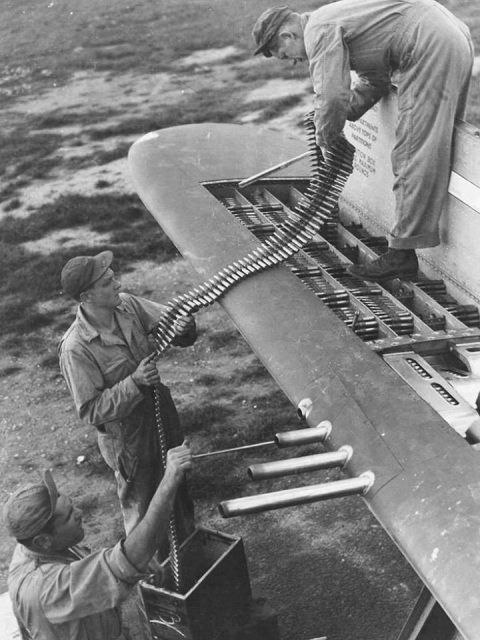
The Development of Modern Day Ammunition
It took awhile for ammunition to evolve from lead balls fired through muzzleloaders to the more cylindrical shapes we use today. German gunsmiths in particular developed firearms technology even further to greatly improve the reliability and accuracy of muskets.
The initial type of cartridge to be fired through these muskets was made out of paper but this was quickly replaced by brass. Muskets still had to be reloaded through the muzzle by pouring gunpowder down the barrel, stuffing a lead ball down with it and then placing flint and a cap near the hammer that would ignite the gunpowder to fire the ball when the trigger was pulled.
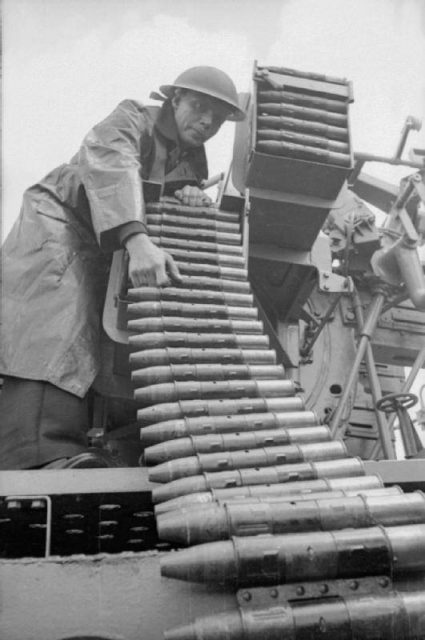
But yet again, in order for ammunition technology to progress, firearms technology had to change first. By around the 1840s to 1850s, breech-loading guns were developed, which allowed the ammunition to be loaded at the rear of the barrel rather than the front.
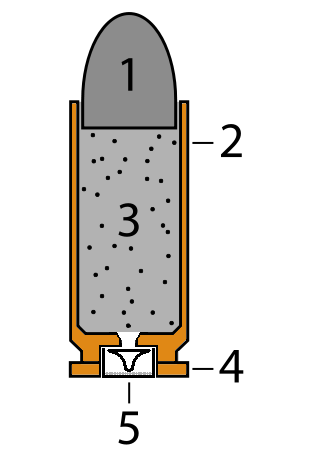
Breech-loading guns became very popular due to the faster speeds of reloading, and they later developed into revolving guns (both rifles and handguns) and then lever action carbines and rifles. These guns allowed multiple cartridges to be loaded at a time rather than just one at a time.
As firearms technology developed, the use of lead balls was steadily replaced by modern cartridges consisting of a brass or steel shell casing that housed a primer, gunpowder, and a projectile (or bullet). When the primer was struck by the firing pin (which would be released when the trigger was pulled), the gunpowder would be ignited to fire the bullet out of the barrel.
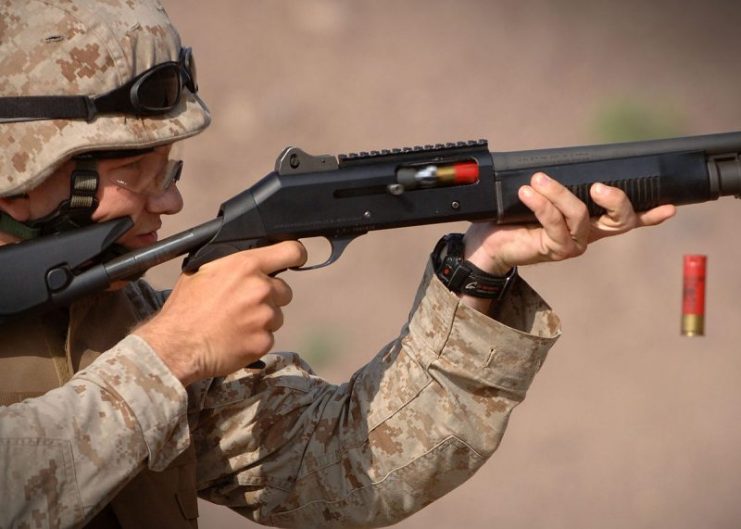
Conclusion
And, as they say, the rest is history. Today, we’re in the age of semi-automatic and automatic weapons, where guns are loaded with magazines housing cartridges which can be fired either once with every pull of the trigger or by holding the trigger down to spray ammunition out of the barrel.
Ammunition has certainly come a long way in terms of its development, and its evolution is only set to continue as we continue to progress. Who knows, maybe firearms technology will eventually develop to allow us to shoot lasers like we see in sci-fi films and TV shows.
